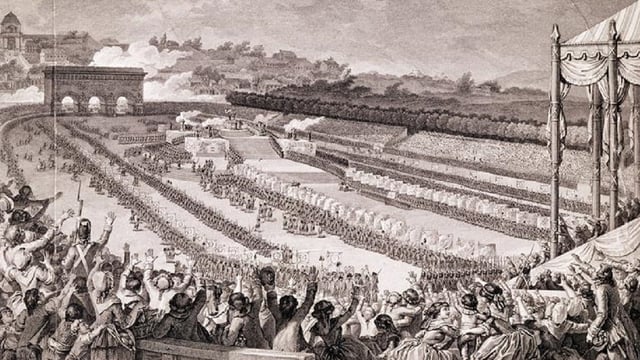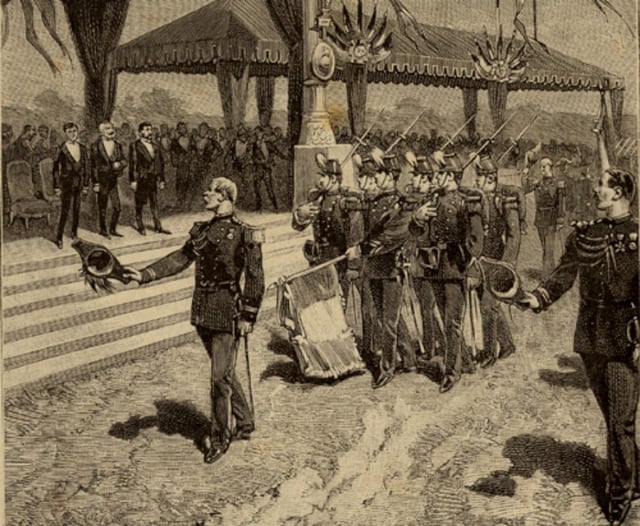Overview
- This edition will feature active-duty soldiers in battle fatigues instead of ceremonial dress, marking the first such appearance in years.
- Established by the Third Republic’s 1880 law and moved from Longchamp to the Champs-Élysées in 1919, the parade remains a pillar of France’s military heritage.
- Its July 14 date honors both the 1789 storming of the Bastille and the 1790 Fête de la Fédération when roughly 50,000 federates marched on the Champ-de-Mars.
- After decades of broader civic involvement—including police, students and veterans—the event is shifting back to a predominantly military display.
- Beyond its martial focus, Bastille Day serves as a national rite with fireworks, public balls and the informal start of summer vacations.


